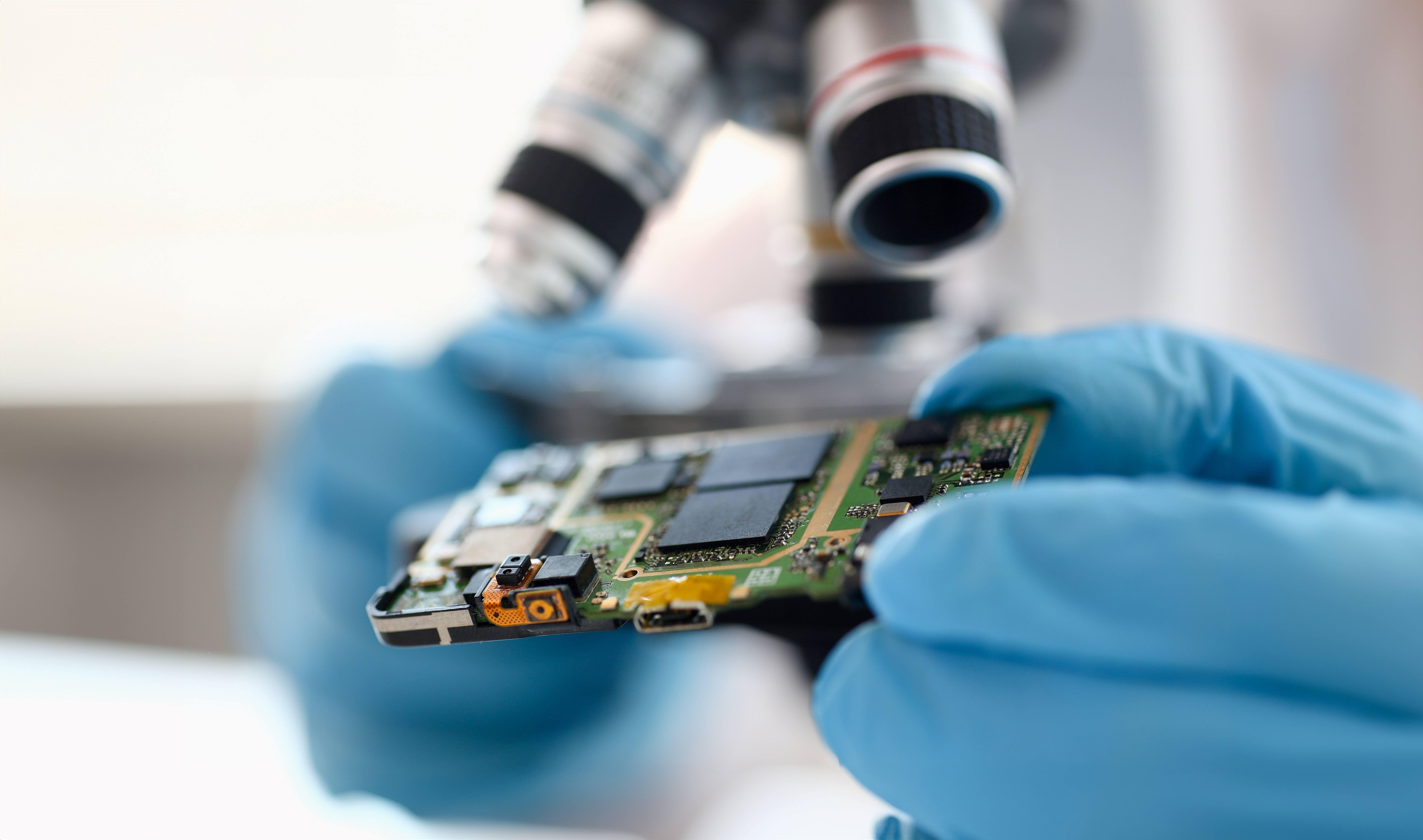
Surface Texture Analysis
Surface texture analysis is a critical quality control and characterization technique used to assess the surface characteristics of electronic components, materials, and assemblies. This analytical method finds wide application across industries such as electronics manufacturing, semiconductors, aerospace, and medical devices. Through surface texture analysis, technicians can detect and quantify the microstructural features and roughness of surfaces, ensuring product quality and performance.
Basic Principles and Importance of Surface Texture Analysis
Surface texture analysis employs high-precision measurement devices and imaging techniques to detect and quantify the micro characteristics of material surfaces. Key surface properties include roughness, waviness, and texture direction, which significantly impact material properties like friction, wear, adhesion, and lubrication.
Surface texture analysis is crucial for ensuring manufacturing quality and functional performance of products, especially in sectors requiring stringent surface specifications like semiconductor manufacturing and high-precision machining. This analysis method identifies defects and inconsistencies in the manufacturing process, thereby enhancing overall product quality and reliability.
Process of Surface Texture Analysis
Testing Preparation:
● Define analysis objectives and requirements, and select appropriate surface texture analysis methods and equipment.
● Prepare test samples ensuring surface cleanliness and clear identification for traceability and documentation.
Surface Measurement:
● Utilize optical microscopes, laser interferometers, or scanning electron microscopes (SEM) for high-resolution imaging of sample surfaces.
● Choose suitable measurement parameters such as scan range, resolution, and sampling density to obtain accurate surface characteristic data.
Data Analysis:
● Employ specialized software to analyze surface images and measurement data, and calculate parameters such as surface roughness, waviness, and texture direction.
● Identify and quantify any surface defects such as scratches, pits, and particles.
Report Preparation and Results Interpretation:
● Thoroughly document analysis results, including identified issues and potential quality risks.
● Compile detailed surface texture analysis reports for subsequent quality control and improvement references.
Surface Texture Analysis Equipment
● Optical Microscopes: Initial inspection and imaging of surface structures suitable for low magnification and large-area scanning.
● Laser Interferometers: High-precision surface profile measurement devices for high-resolution and accurate surface measurement.
● Scanning Electron Microscopes (SEM): High-resolution imaging and analysis of sample microstructures suitable for detailed surface characteristic studies.
● Professional Analysis Software: Processing and analyzing measurement data, generating detailed surface characteristic parameters and images.
In our laboratory, surface texture analysis is a critical means to ensure the quality and performance of electronic components and materials. Through advanced measurement equipment and analytical techniques, we provide precise and comprehensive analysis of surface properties to our customers. This not only helps identify and avoid potentially defective components but also enhances overall product reliability and market competitiveness. Our analysis services ensure customers can confidently select and use the highest quality materials and components, thereby achieving superior product performance and safety.

